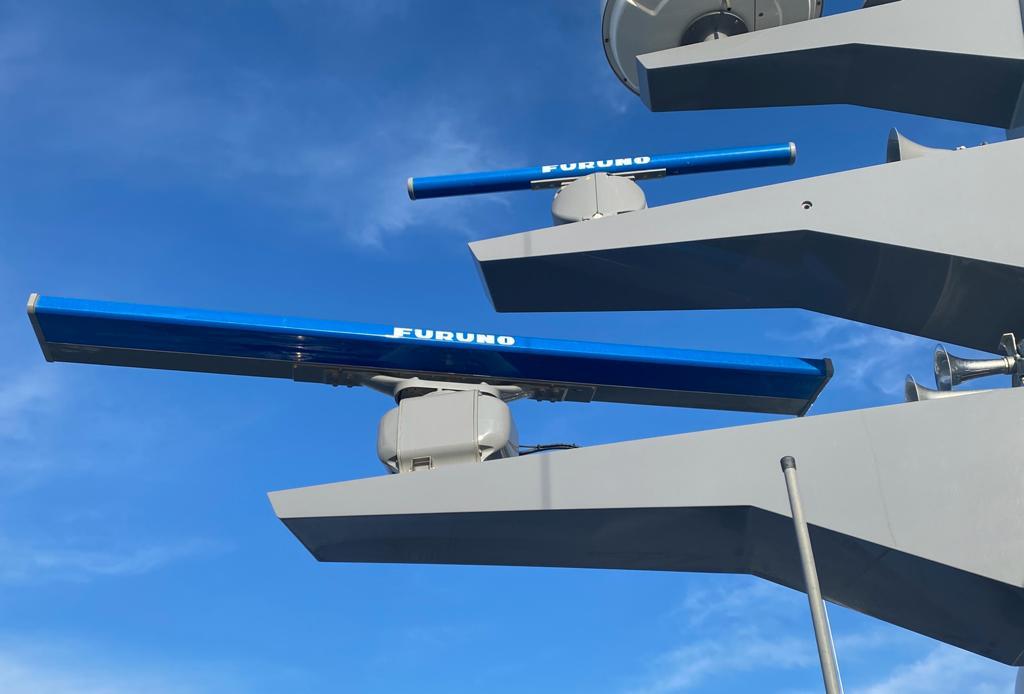Meteorological & Observation Systems
Our advanced radars monitor and analyze weather and objects using specialized signal processing technology.

Revolutionizing radar applications with next-generation solid-state radars
Traditionally, ships at sea have been outfitted with marine radars that utilize magnetrons to produce radio waves. Recently, however, there has been a global shift towards solid-state technology, where radars employ solid components like semiconductors to create radio waves. Furuno's advancement in solid-state technology and its practical application have introduced even more distinctive features, promising to provide increasingly beneficial and innovative solutions.
ENHANCING NAVIGATION RADAR: SPECIALIZED SIGNAL PROCESSING FOR ADVANCED SOLUTIONS
By enhancing Furuno's navigation radar with advanced signal processing, we aim to effectively utilize our technology to clearly display echoes. Our innovative and cost-effective solutions address the growing need to detect specific objects, such as sea ice cracks or oil slicks.
Weather Radar
Oil Radar
Ice Radar
Wave Analyzer
Contact us for all inquiries regarding our Meteorological & OBSERVATION Systems.
- ALL
- ONSHORE
- OFFSHORE
